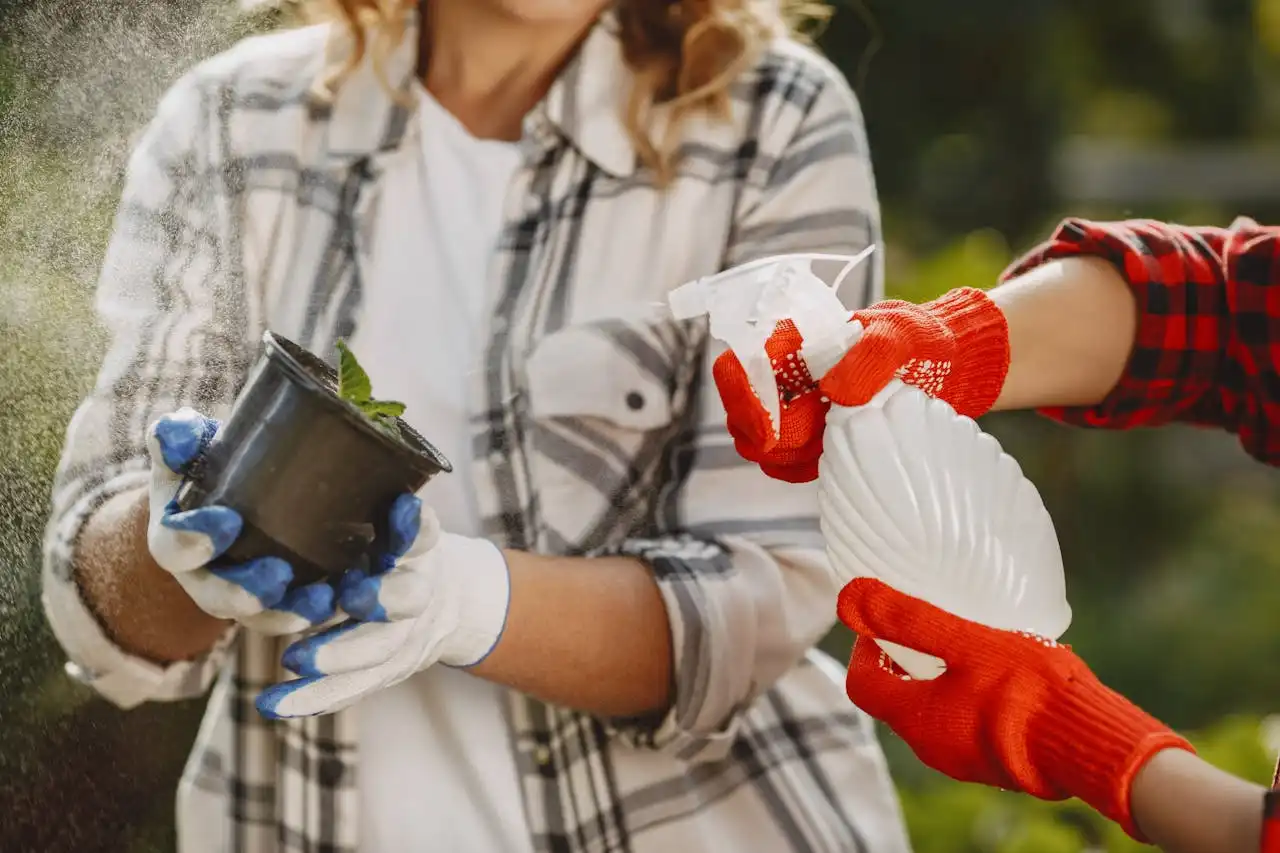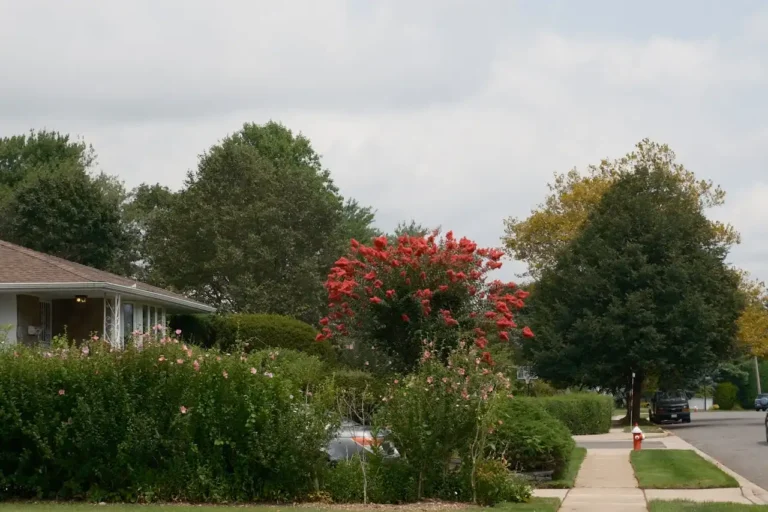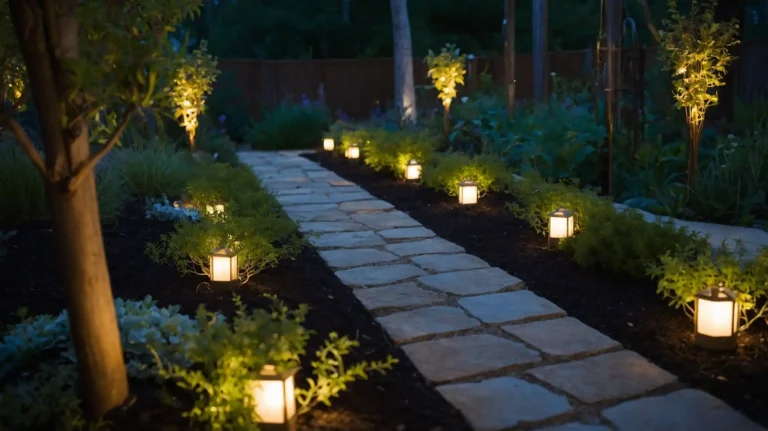Smart Watering Tips to Save Time and Reduce Waste
You spend countless hours tending to your garden, but inefficient watering habits drain both your time and resources.
Smart watering techniques transform your routine into an effortless system that conserves water while keeping your plants thriving.
These proven strategies will revolutionize how you approach garden maintenance.
Water at the Right Time of Day
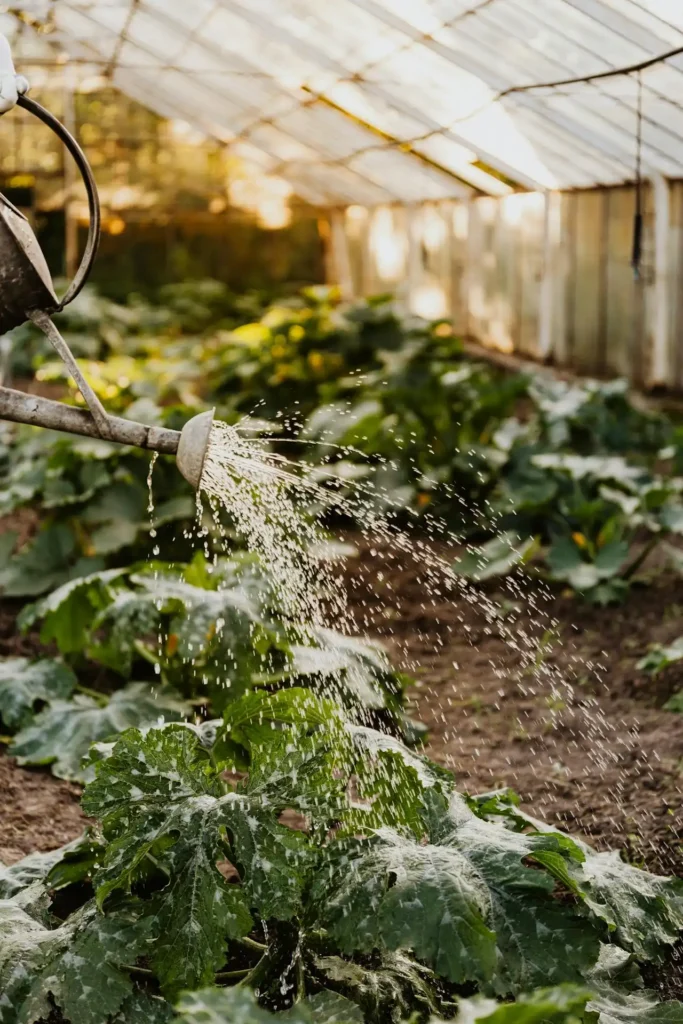
The timing of your watering sessions dramatically impacts both water conservation and plant health.
You achieve maximum efficiency when you water during the early morning hours, typically between 6 AM and 10 AM.
During these cooler morning hours, less water evaporates before reaching plant roots.
Your plants absorb moisture more effectively, and you reduce the risk of fungal diseases that thrive in consistently wet evening conditions.
Avoid watering during midday heat when temperatures soar. Evening watering creates problems you want to avoid.
The sun evaporates water before plants can benefit, forcing you to use significantly more water for the same results.
Wet foliage overnight encourages disease development, and you’ll waste water on unnecessary moisture that lingers without purpose.
Install Drip Irrigation Systems
Drip irrigation systems deliver water directly to plant roots with remarkable precision.
You eliminate water waste from overspray, runoff, and evaporation while ensuring each plant receives exactly what it needs.
These systems reduce your water usage by 30-50% compared to traditional sprinklers. You’ll notice lower water bills within the first month of installation.
Setting up a basic drip system requires minimal technical knowledge. The initial investment pays for itself through reduced water costs and healthier plants.
You connect a main line to your water source, then branch off with smaller tubes that end in emitters near each plant.
You’ll spend less time hand-watering and more time enjoying your garden’s beauty.
Use Mulch to Retain Moisture
Mulch acts as a protective barrier that locks moisture into your soil. You’ll reduce watering frequency by up to 40% when you apply a 2-3 inch layer around your plants.
Organic mulches like wood chips, straw, or shredded leaves break down over time, improving soil structure.
Your plants develop stronger root systems in this enriched environment. Apply mulch after watering or rainfall when soil contains adequate moisture.
You create a sealed environment that prevents evaporation and maintains consistent soil temperature. You’ll create the perfect balance between moisture retention and plant health.
Keep mulch a few inches away from plant stems to prevent pest problems and allow proper air circulation.
Group Plants by Water Needs
Strategic plant placement saves enormous amounts of water and time. This zoning approach allows you to customize watering schedules for each area.
You create efficiency when you group plants with similar watering requirements together in designated zones.
Place water-loving plants like tomatoes and peppers in one area where you can provide deep, frequent watering.
Position drought-tolerant plants like lavender and succulents in separate sections that require minimal irrigation.
You avoid overwatering drought-tolerant plants while ensuring moisture-loving varieties receive adequate hydration.
You’ll reduce maintenance time significantly when you can water entire sections with appropriate techniques rather than treating each plant individually.
Implement Smart Irrigation Controllers
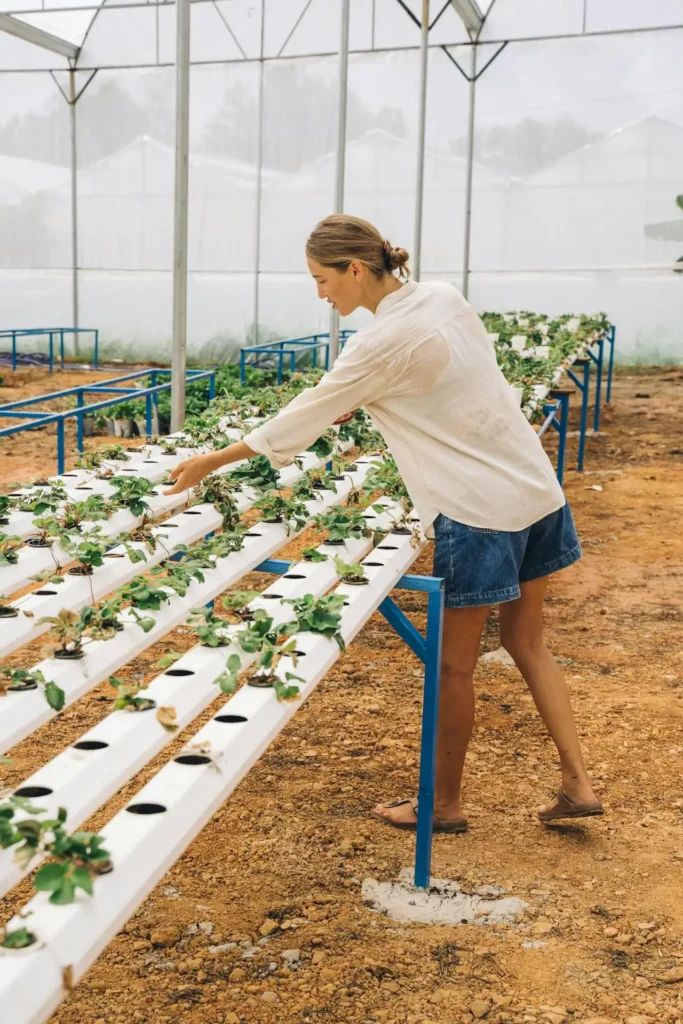
Modern irrigation controllers use weather data and soil sensors to optimize watering schedules automatically.
You eliminate guesswork while achieving precise moisture management. You’ll never waste water on rainy days or during cool periods when plants need less moisture.
These systems adjust watering duration and frequency based on rainfall, temperature, humidity, and seasonal changes.
Many smart controllers connect to your smartphone, allowing you to monitor and adjust settings remotely. You maintain perfect control over your irrigation system from anywhere.
The technology pays for itself through water savings and improved plant health. You’ll reduce your water bill while maintaining a more beautiful garden with less effort.
Collect and Use Rainwater
Rainwater collection transforms free precipitation into a valuable gardening resource.
You reduce dependence on municipal water while providing plants with naturally soft, chemical-free hydration.
Install rain barrels under downspouts to capture roof runoff during storms. A single inch of rainfall on a 1,000-square-foot roof yields approximately 600 gallons of water.
Use collected rainwater during dry periods when plants need supplemental irrigation. You’ll maintain garden health without increasing your water bill during peak usage times.
Position barrels strategically around your property to maximize collection potential. You create multiple water sources that reduce the distance you need to carry water for plant care.
Choose Drought-Resistant Plant Varieties
Selecting appropriate plant varieties dramatically reduces long-term watering requirements.
You invest in success when you choose plants adapted to your local climate conditions. You’ll spend less time maintaining these naturally adapted varieties.
Native plants evolved in your regional environment and typically require minimal supplemental watering once established.
Research plant water requirements before purchasing new additions to your garden. You avoid future frustration by selecting varieties that match your desired maintenance level.
Replace high-maintenance plants with drought-tolerant alternatives that provide similar aesthetic benefits.
You’ll maintain garden beauty while reducing water consumption and maintenance time.
Improve Soil Water Retention
Healthy soil holds moisture longer, reducing your watering frequency and improving plant growth.
You enhance water retention by adding organic matter like compost or aged manure.
Work organic amendments into existing soil to improve its structure and water-holding capacity.
You’ll notice improved drainage in clay soils and better moisture retention in sandy conditions.
Test your soil’s composition to understand its specific needs. You can address deficiencies with targeted amendments that optimize water retention for your particular conditions.
Avoid compacting soil through heavy foot traffic or working wet ground. You maintain optimal soil structure that allows proper water infiltration and root development.
Use Water-Efficient Irrigation Techniques
Deep, infrequent watering encourages strong root development while conserving water.
You train plants to access moisture from deeper soil layers by watering thoroughly but less frequently.
Apply water slowly to allow proper soil penetration without runoff. You achieve better results with 30 minutes of slow watering than 10 minutes of heavy application.
Check soil moisture before watering by inserting your finger 2-3 inches deep. Focus water application on root zones rather than foliage.
You avoid overwatering when you base decisions on actual soil conditions rather than predetermined schedules.
You reduce disease problems while ensuring water reaches areas where plants can actually use it.
Monitor Weather Patterns
Weather awareness helps you optimize watering schedules and avoid unnecessary water usage.
You save time and resources by adjusting irrigation based on upcoming conditions. Adjust watering frequency during seasonal transitions when plant needs change.
Check weather forecasts before watering to avoid irrigating before anticipated rainfall. You prevent overwatering while taking advantage of natural precipitation.
You provide appropriate care during active growing periods while reducing irrigation during dormant seasons.
Track rainfall amounts using a simple rain gauge to understand how much natural moisture your garden receives. You make informed decisions about supplemental watering needs.
Maintain Your Irrigation Equipment

Regular maintenance ensures your watering systems operate at peak efficiency. You prevent water waste from leaks, clogs, or malfunctioning components through routine inspections.
Clean drip irrigation emitters monthly to prevent mineral buildup that reduces water flow. You maintain consistent water delivery to all plants in your system.
Replace worn sprinkler heads that spray unevenly or create dry spots. You ensure uniform coverage while avoiding overwatering in some areas and underwatering in others.
Inspect hoses and connections for leaks that waste water and reduce system pressure. You maintain optimal performance while preventing water loss that increases your bills.
Conclusion
Smart watering practices transform your garden into an efficient, low-maintenance paradise.
You’ll save time, reduce water bills, and grow healthier plants with these proven techniques.

